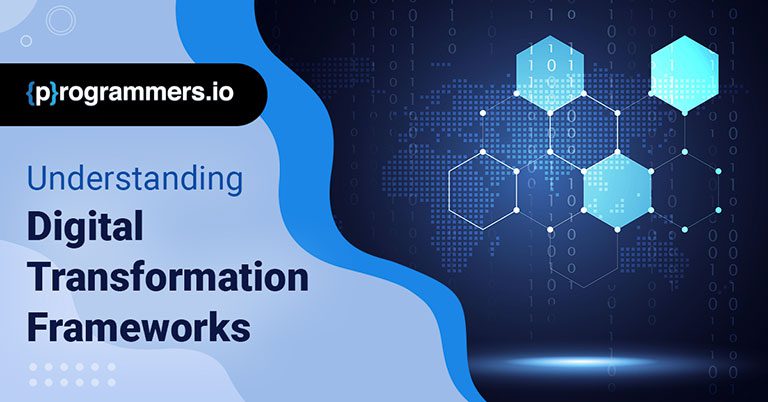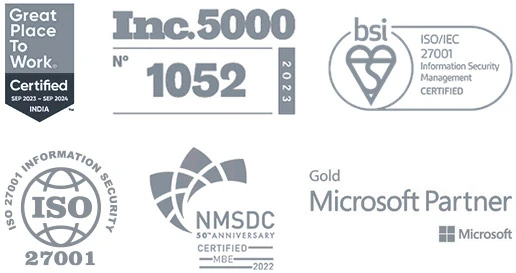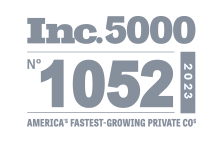Understanding Digital Transformation Frameworks
A digital transformation framework is a structured approach to digitally transforming an organization. It seeks to identify the opportunities and challenges of adopting new digital technologies, processes, and capabilities, as well as prioritize initiatives for executing the transformation. The framework is composed of four main components: vision, strategy, tactics & execution, and measuring success.
The vision component is focused on defining the ultimate purpose for digital transformation and what it should look like at its completion. This includes setting clear goals that are aligned with the overall organizational objectives and desired outcomes from the transformation.
The strategy component outlines how these objectives will be achieved through operationalizing key business processes so they can be automated in order to drive efficiency improvements. It also identifies which technology solutions should be adopted in order to support the transformation and outlines how they will be deployed.
The tactics & execution component details the specific actions that need to be taken in order to execute on the strategy. This includes tasks such as rolling out new software or training employees on how to use the technology, as well as deciding who is responsible for various activities throughout the process.
Finally, the measuring success component outlines how progress towards meeting objectives will be tracked, using metrics such as cost savings, improved efficiency, customer satisfaction ratings and more. With this information, organizations can assess whether their digital transformation goals are being met and make adjustments if necessary.
Overall, a digital transformation framework provides organizations with a roadmap for successfully navigating through digital disruption and emerging as a leader in their industry. By following the steps laid out in the framework, organizations can ensure they are taking all necessary actions to maximize the potential of their digital transformation initiatives.
Check – DevOps Digital Transformation
Why Is a Digital Transformation Framework Important?
A digital transformation framework is an essential tool for any organization looking to survive and thrive in the digital age. A framework lays out a clear path forward, enabling organizations to determine how technology can be used to support their business objectives and create new opportunities.
With a well-defined plan, organizations can maximize their time, resources, and investments while minimizing risks associated with adopting new technologies.
By providing a detailed roadmap of the necessary steps needed to complete a successful digital transformation, a framework helps ensure that every stage of the process is thoroughly planned and executed.
This includes defining goals and objectives, developing an implementation strategy, establishing metrics for success, and measuring progress along the way. Additionally, it provides guidance on areas such as selecting the appropriate technology stack or partnering with the right vendors.
In addition to providing a step-by-step guide, a digital transformation framework can also serve as an effective communication tool, helping to ensure that all stakeholders are on the same page and understand the big picture. With a shared vision of the end goal, organizations can more easily work together towards success.
This is especially important in larger companies with multiple departments or divisions working on different aspects of the project. By having everyone on board and focused on achieving common objectives, organizations are better positioned for long-term growth and success.
Ultimately, a well-defined digital transformation framework helps organizations identify opportunities for improvement and create lasting value through technology adoption. It provides structure to the process while ensuring that everyone has clarity on the desired outcomes.
By taking the time to develop a comprehensive plan, organizations can save time, energy, and money in the long run. A successful digital transformation requires an effective framework – one that enables companies to move forward with confidence. With a well-defined plan in place, companies are better positioned to capitalize on new opportunities as they emerge.
What Makes a Good Digital Transformation Framework?
A successful digital transformation framework should cover all aspects of the transition process, from providing a comprehensive vision to establishing the best practices and processes needed to make it happen. It should also include strategies for data management, customer engagement, technology adoption, and integration, as well as how to measure success and manage risks.
Read: Digital Transformation Strategies
At its core, any digital transformation framework must have a few key components:
- A clear definition of objectives – what are you trying to achieve? Is it increased efficiency or cost savings? These need to be clearly articulated up front.
- An assessment of current capabilities – what systems are in place now? What is working well and where could improvements be made?
- Identification of target goals – what does success look like? What are the desired outcomes and how will you measure them?
- A roadmap for change – what steps need to be taken in order to reach the target goals? What processes need to be implemented and/or changed?
- Communication plan – who needs to be involved in the transformation process, and how will they be kept informed of progress and changes being made?
- Resources needed – what people, technology, and other resources are required to complete the transition successfully?
- Metrics for measuring success -What metrics should be used to evaluate results against expectations?
- Risk management strategy– what steps should be taken to identify, analyze, prioritize, mitigate and monitor risks associated with the digital transformation?
By having a comprehensive and well-thought-out digital transformation framework in place, organizations can ensure that they are best able to take advantage of new opportunities, improve their efficiency and effectiveness, and achieve their desired outcomes. A successful framework will help guide the transition process and enable businesses to succeed in a rapidly changing environment.
Conclusion
The process of digital transformation embraces digital technologies for creating new or modifying existing business products, processes, and services to drive value for customers. Digital transformation frameworks provide organizations with the structure and guidance needed to identify opportunities for growth and ensure the successful implementation of digital solutions. By understanding how digital transformation can be leveraged, organizations can gain a competitive advantage in their respective markets and industries.
How can we help you?
We have hundreds of highly-qualified, experienced experts working in 70+ technologies.









